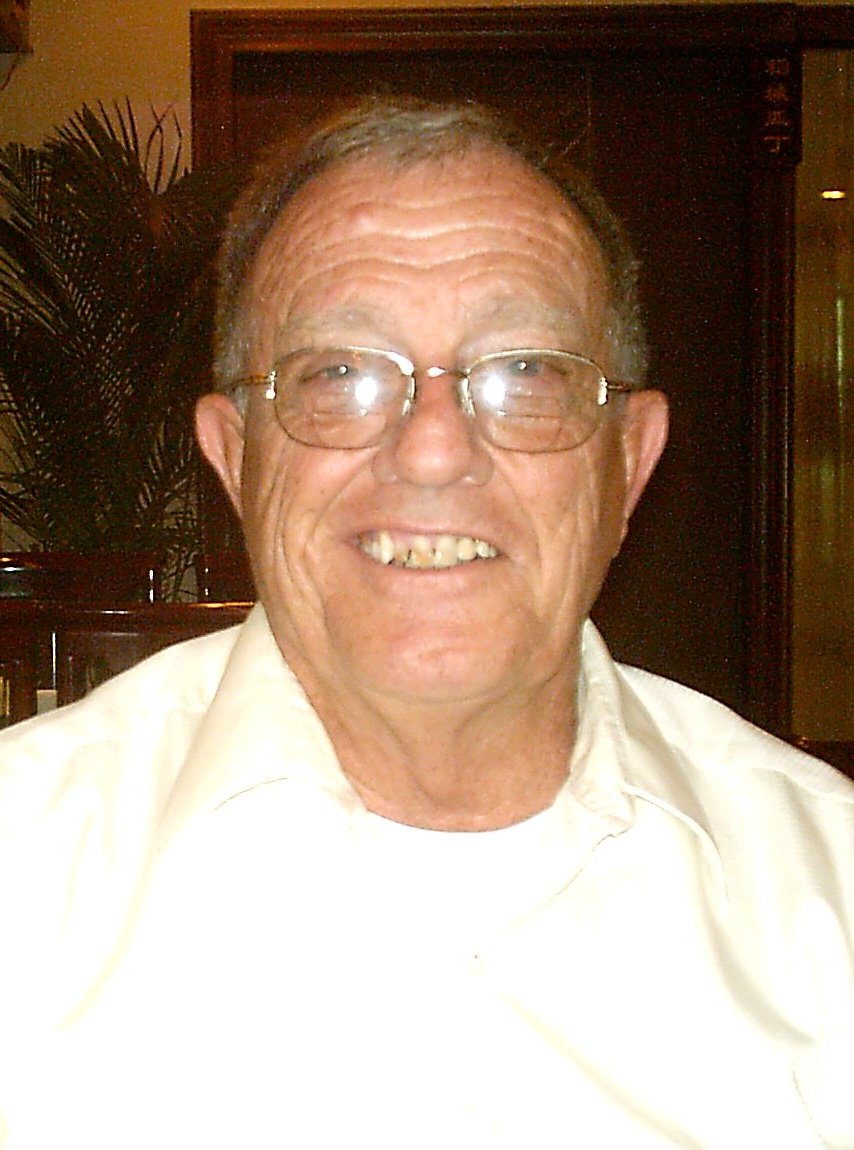Fusion for Earth and Space
Year: 2009 Pages: 14
Keywords: Fusion, non-singular potential, gauge fields, deuterons, nuclear models
The compact reactor concept presented at the STAIF-2007 has the potential to provide clean, safe and unlimited supply of energy for Earth and Space applications. The concept is a potential fusion reactor wherein deuterium nuclei are preferentially fused into helium nuclei. Because the deuterium nuclei are preferentially fused into helium nuclei at temperatures and energies lower than specified by the standard model there is no harmful radiation as a byproduct of this fusion process. Therefore, a reactor using this reaction does not need any shielding to contain such radiation. The energy released from each reaction and the absence of shielding makes the deuterium-plus-deuterium-to-helium (DDH) reactor very compact when compared to other reactors, both fission and fusion types. Moreover, the potential energy output per reactor weight and the absence of harmful radiation makes the DDH reactor an ideal candidate for individual home and space power. The concept also would make it possible for each plant or remote location to have it's own power source, on site, without the need for a connection to the power grid. This would minimize, or eliminate, power blackouts. The concept could replace large fission reactors and fossil fuel power plants plus provide energy for ships, locomotives, trucks and autos. It would make an ideal source of energy for space power applications and for space propulsion.
PACS: 25.60.Pj; 41.20.Cv; 11.15.-q; 13.75.Cs; 12.10.Dm.


